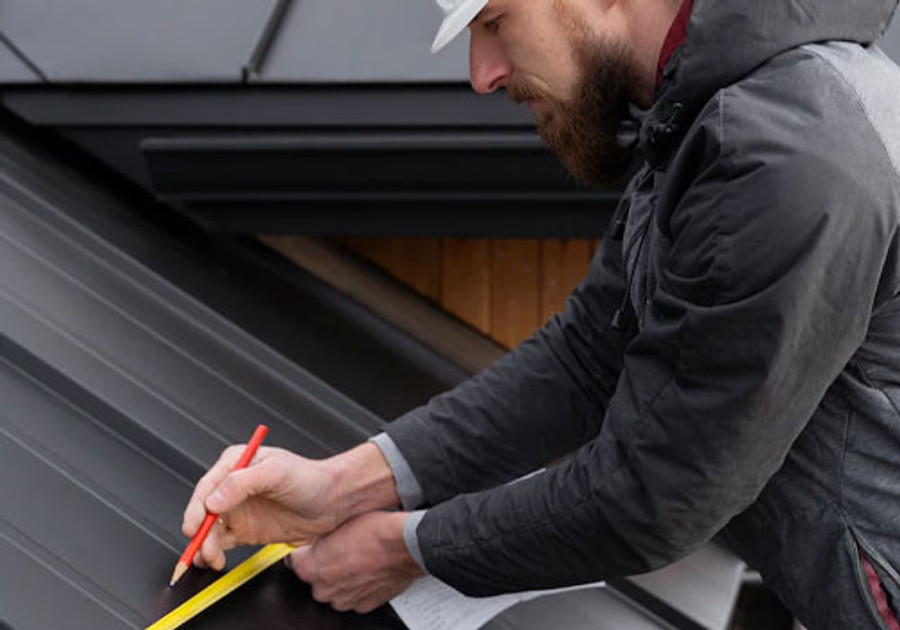How to Determine if Your Safety Harness Needs Replacing
Posted by Howie Scarboro - CEO Fall Protection Distributors, LLC on Feb 13th 2020
OSHA regulations mandate all employers and business owners to provide their workers who walk or work on elevated or sloped surfaces with PPE or Personal Protective Equipment. There are two ways in which PPE works:
Fall Arrest System
PPE is used to stop workers from slamming into the ground or hitting another form of obstruction after a fall.Fall Restraint System – also known as a travel restraint system, the PPE is used as a tethering system or device to keep workers from getting too close to any unprotected or unsafe leading edges.
The more popular type of personal protection equipment is the safety harness. It is typically combined with other forms of fall protection element, such as a self-retracting lifeline or a shock-absorbing lanyard.
Depending on how the safety harness will be used, they can come in different levels of sophistication. For limited fall hazards, where the danger of free fall is unlikely, a chest harness can be used. However, for an oil rig worker who works during the most part of his day on surfaces hundreds of feet above, a full-body harness designed to arrest a more serious free fall is required. Due to the risk of asphyxiation and internal injuries, body belts should not be utilized as a fall arrest system.
When to Replace Safety Harnesses
Just like all other fall protection equipment, a safety harness must be properly maintained and checked for deformities and damages that might compromise safety and put the worker at risk. Generally, the average lifespan of the safety harness is between four and five years, depending on the model and make of the harness itself, with some even approved for use for up ten years or more.
The Health and Safety Executive requires that anchorages for the equipment should be checked and inspected every 12 months or at least once a year. Meanwhile, energy-absorbing lanyards must be inspected every six months, or when used regularly on more strenuous conditions, every three months.
Signs Safety Harnesses Are No Longer Safe and Should be Replaced Immediately
Date
If you can find the manufacturing date - The manufacturing date will determine if the safety harness is still within it’s working life, so make sure you have this information.
Serial Number
The serial number is necessary so that you can trace the safety harness to its manufacturer or verify if it has been inspected. Knowing this information will help you confirm that it is safe to use and there is no risk associated.
Condition
If the plastic backplate, D-ring, web tidies, connectors, adjusters, and fasteners all do not look right
Inspection Records
If you cannot find any inspection record done within the last 12 months maximum - Inspection dates must be recorded on the harness. Twelve is the absolute maximum time that should be left in between inspections. If nothing is recorded in the harness, do not attempt to use the harness and compromise yourself.
Condition Of Webbing
If the webbing looks worn, damaged, or stained then it may be time for a replacement.
As a general rule, EN and OSHA regulations recommend that the safety harness has to be immediately withdrawn from use once it has been subjected to impact forces after a fall. We provide fall prevention equipment that’ll keep you safe on the job, get in touch with us today to see how we can help.

